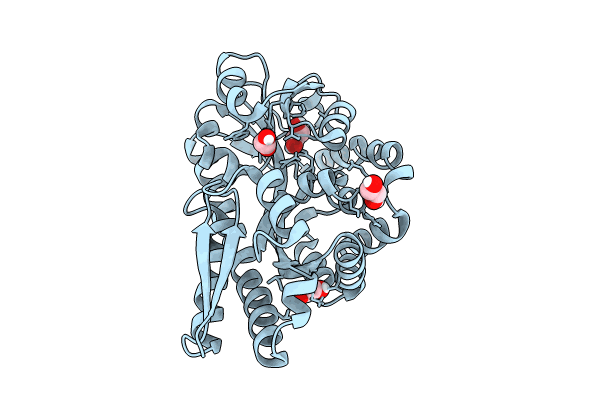
Deposition Date
2023-06-25
Release Date
2024-06-26
Last Version Date
2025-01-15
Entry Detail
PDB ID:
8T9T
Keywords:
Title:
Apo Crystal Structure of a Substrate Binding Protein (IseP) from an Isethionate TRAP Transporter
Biological Source:
Source Organism:
Oleidesulfovibrio alaskensis G20 (Taxon ID: 207559)
Host Organism:
Method Details:
Experimental Method:
Resolution:
1.48 Å
R-Value Free:
0.20
R-Value Work:
0.17
Space Group:
P 21 21 21


